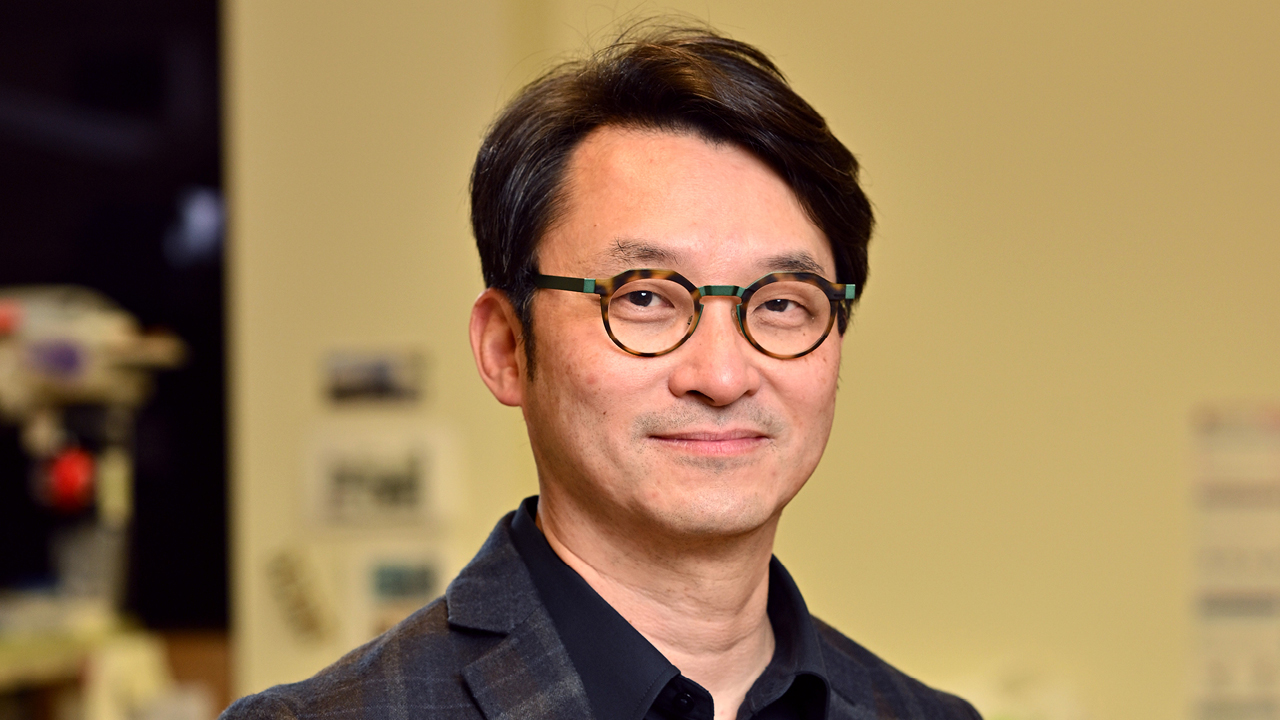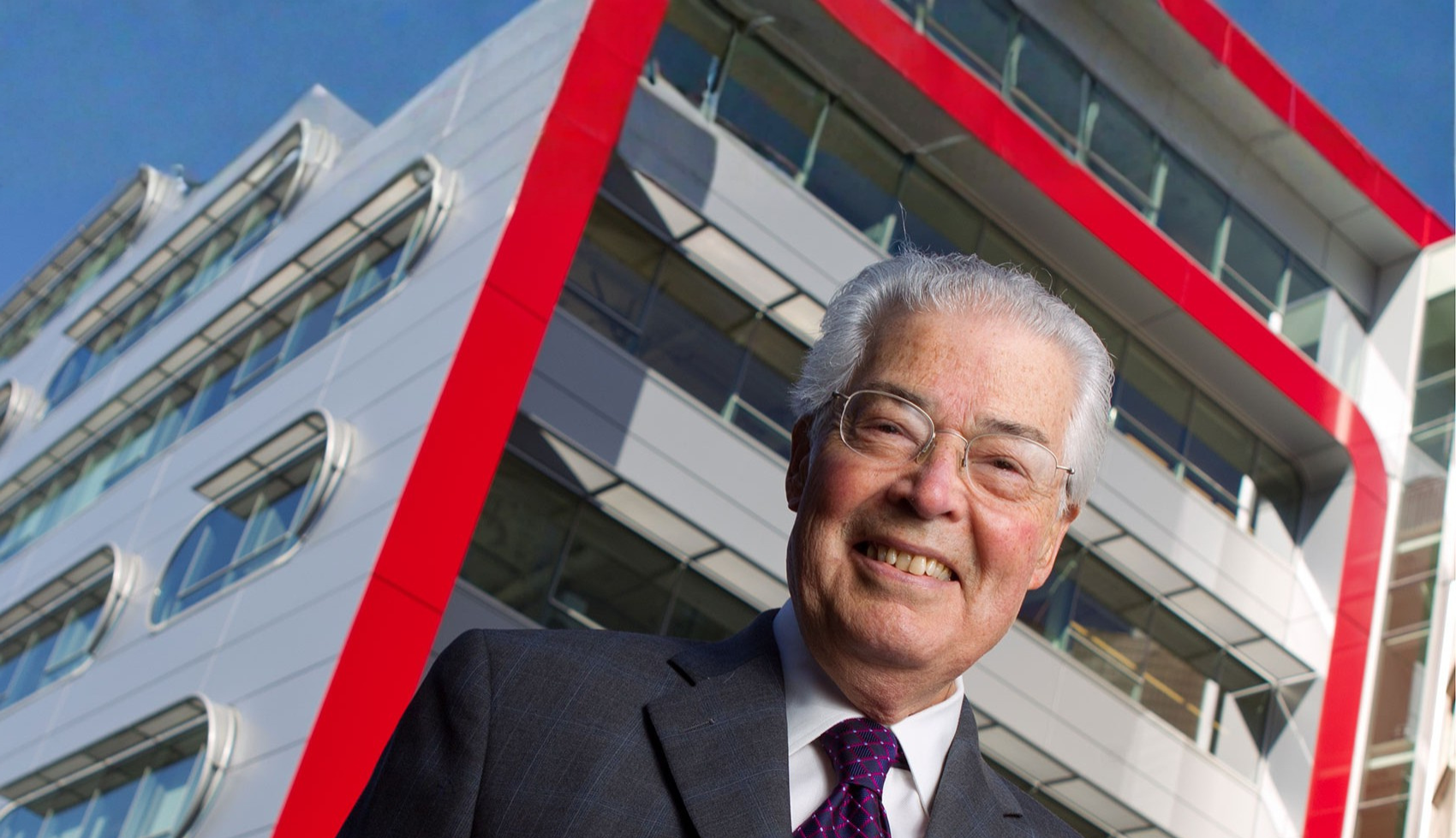
Every day, our hearts pump roughly 7,500 litres of oxygen-rich blood throughout our bodies. A good 20 per cent of that is funneled directly to the brain in order to keep it—the body’s most complex organ—functional. Our thoughts, dreams, feelings, and ability to process the world around us and react to it are all functions that stem from the brain. It stores much, if not all, of what we would consider “us”.
Disruption of this vital process can cause stroke, either from blockage of blood flow (ischemic stroke) or rupturing of blood vessels (hemorrhagic stroke).
A stroke has the potential to destroy so much of who we are. And up until the 1990s, there was extraordinarily little that could be done.
“In the ‘80s and leading into the early ‘90s, stroke was a leading cause of disability for adults,” says Dr. Samuel Yip, Head of the Vancouver Stroke Program at VGH, the largest acute stroke program in BC. “Canadians weren’t as adept at recognizing the signs of stroke, and stroke itself wasn’t thought of as a medical emergency.”
Treatments were also not available, and in fact focused instead on helping people manage difficulties after a stroke such as speech impairments, eating challenges, or lasting weakness.
Then in the 1990s, a revolutionary treatment—and with it, a new hope—emerged: tissue plasminogen activators (TPA), a medication that breaks up blood clots that cause blockages of blood supply to the brain (ischemic strokes) which make up roughly 85 percent of all strokes.
“This is still the standard of care for ischemic strokes,” says Dr. Yip. “Applying TPA as soon as possible is critical. Decades later, this still completely changed how stroke is treated. And we’ve grown tremendously since then.”
The success of TPA has acted as a catalyst for further interest in stroke research leading to significant advancements in acute stroke treatment in recent years, including breakthrough treatments such as endovascular thrombectomy and new clot-busting medications like Tenecteplase (TNK). These advancements have greatly improved patient outcomes.
Today, stroke care continues to be iterated and improved upon at the Vancouver Stroke Program, whose research has been propelled by passionate philanthropists. Clinician-scientists such as Dr. Yip and his fellow stroke neurologists like Dr. Philip Teal and Dr. Thalia Field have improved treatments of not only common strokes, but also rare forms such as cerebral venous thrombosis (CVT), which mostly strikes young women. Post-stroke care has also improved thanks to neurorehabilitation research by Dr. Janice Eng (see cover story).
Stroke treatments have and will continue to transform thanks to donor support. Stroke care has dramatically improved since the early 1990s, and there is still so much more that can be done. All of this means better care and outcomes for our family, friends and loved ones across British Columbia.
Did you know?
VGH is the provincial referral centre for stroke and the primary care centre for Vancouver stroke patients. The VSP is the only stroke program in BC with specially trained stroke neurologists who are on call 24/7. They lend their expertise to health care centres across all of BC. And it’s made possible with donor support.
Share this:



